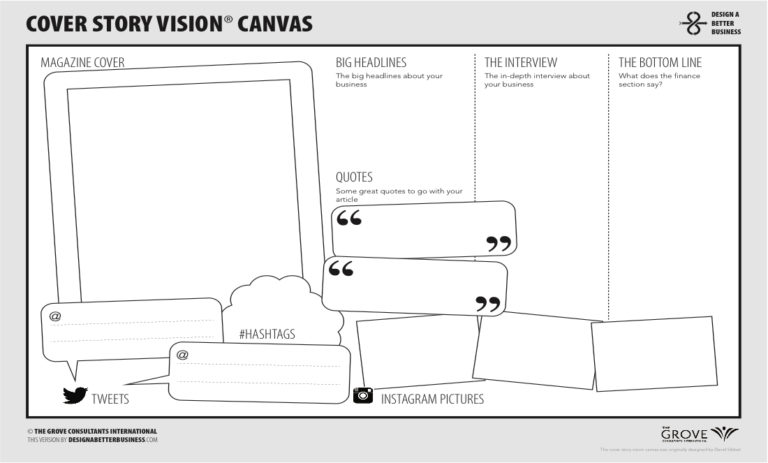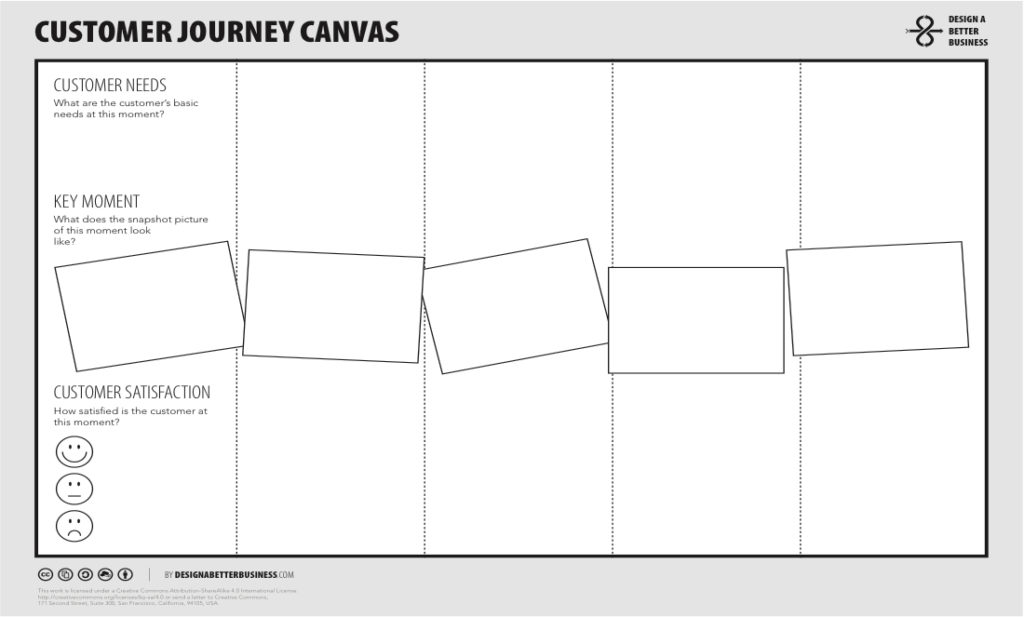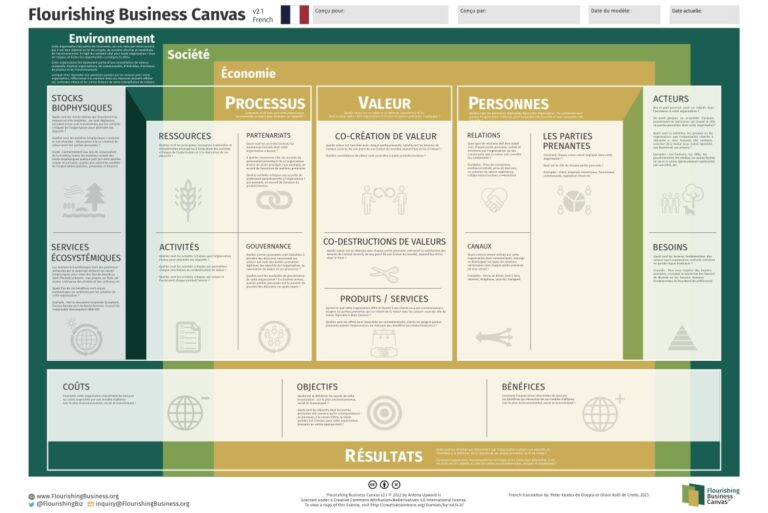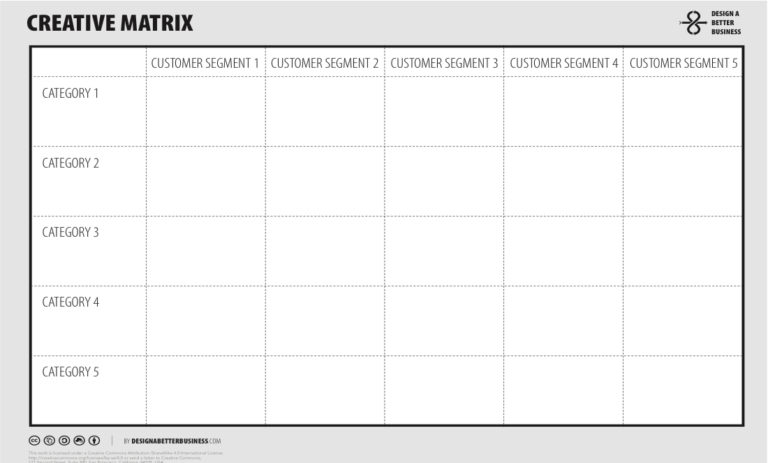
Cover Story Vison ® Canvas
What is the most amazing future you see for your company (and yourself)? Who has the boldest vision ever? Imagine how you will appear on magazine covers. What’s the word on the street? Creating a cover story will help you get into a future state of mind. The Cover Story Canvas was created by David Sibbet, of the Grove International.





